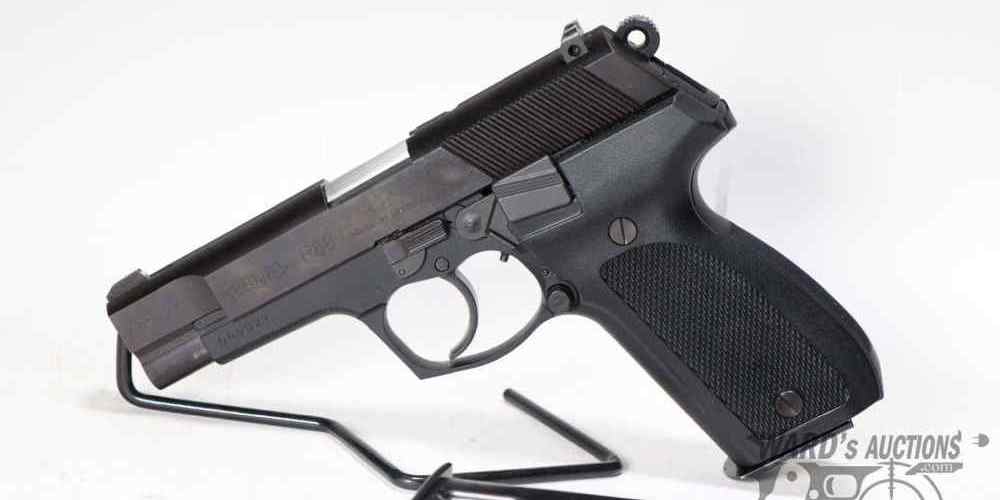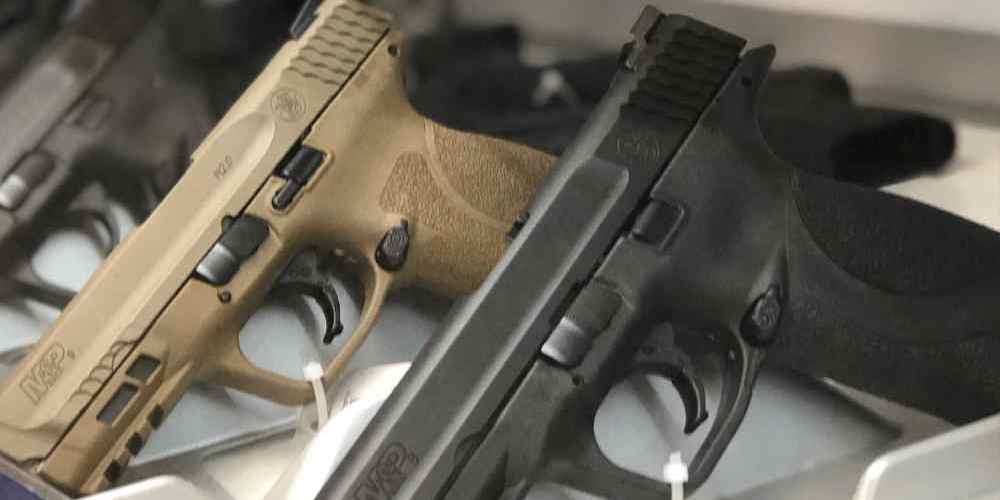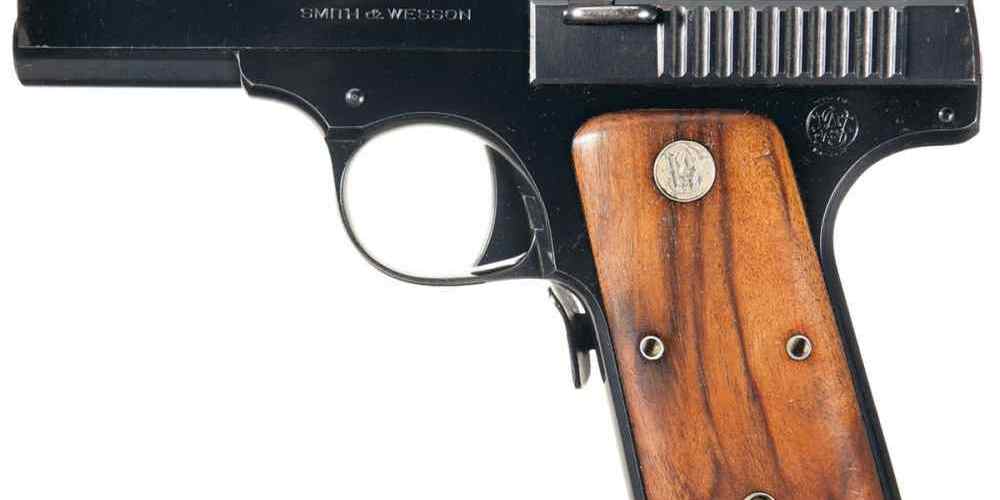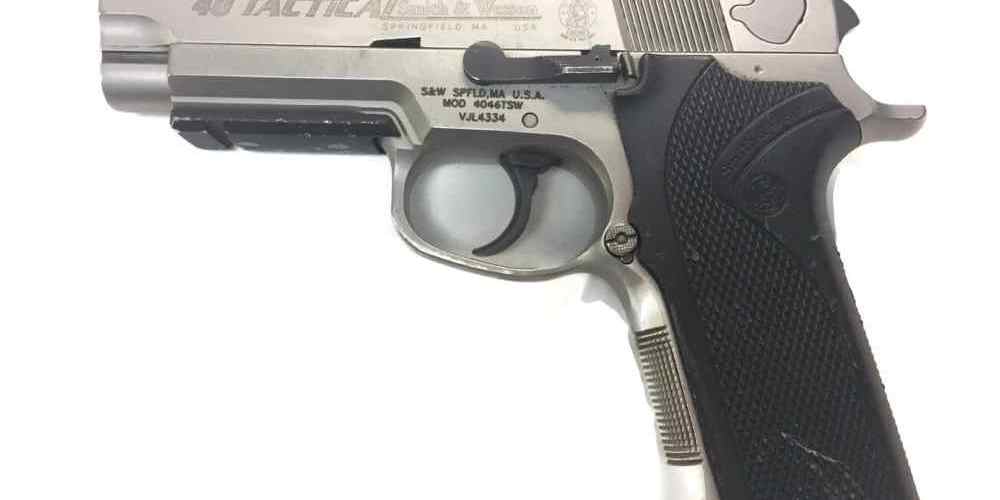“Master your aim with precision and safety through proper dry firing techniques.”
Importance of Safety Measures
Dry firing is a crucial practice for any gun owner, especially those who own semi-automatic pistols. It involves pulling the trigger of an unloaded firearm to simulate the firing of a live round. This practice is essential for improving marksmanship, trigger control, and overall firearm handling skills. However, it is important to follow certain safety measures to ensure that dry firing is done safely and effectively.
First and foremost, always treat every firearm as if it is loaded. Even though you have removed the magazine and visually inspected the chamber to ensure it is empty, always follow the basic safety rules of firearm handling. Keep the muzzle pointed in a safe direction at all times, and never point it at anything you are not willing to destroy. This is a fundamental rule that should never be overlooked, whether you are dry firing or handling a live firearm.
Another important safety measure to consider is using a safe backstop. When dry firing, you should always have a safe backstop in place to catch any accidental discharges. This can be a designated dry fire area with a bulletproof backstop or a specific dry fire target designed for this purpose. By having a safe backstop, you can prevent any potential accidents or injuries from occurring.
Additionally, always ensure that your firearm is unloaded before dry firing. Remove the magazine and visually inspect the chamber to make sure there are no live rounds present. It is also a good idea to physically check the chamber with your finger to ensure it is empty. By double-checking that your firearm is unloaded, you can prevent any accidental discharges during dry firing practice.
Furthermore, it is important to practice proper trigger discipline when dry firing. This means keeping your finger off the trigger until you are ready to fire. By maintaining proper trigger discipline, you can prevent any unintentional trigger pulls that could result in an accidental discharge. Always keep your finger indexed along the frame of the firearm until you are ready to engage the trigger.
In addition to these safety measures, it is also important to practice good gun handling habits during dry firing. This includes maintaining a proper grip on the firearm, aligning the sights correctly, and following through with each trigger pull. By practicing good gun handling habits, you can improve your marksmanship skills and develop muscle memory for proper firearm handling.
Overall, dry firing is an essential practice for any gun owner, especially those who own semi-automatic pistols. By following these safety measures and practicing good gun handling habits, you can ensure that your dry firing sessions are safe and effective. Remember to always treat every firearm as if it is loaded, use a safe backstop, ensure your firearm is unloaded, practice proper trigger discipline, and maintain good gun handling habits. By incorporating these best practices into your dry firing routine, you can improve your marksmanship skills and become a more proficient shooter.
Proper Grip and Stance
Dry firing your semi-auto pistol is an essential practice for improving your shooting skills and maintaining proficiency with your firearm. However, it’s important to follow the best practices to ensure that you are not only safe but also getting the most out of your training sessions. In this article, we will discuss the proper grip and stance for dry firing your semi-auto pistol.

One of the most important aspects of dry firing is having a proper grip on your pistol. A good grip will help you control the recoil and muzzle flip of your firearm, allowing you to make more accurate shots. When dry firing, make sure to grip the pistol firmly with your dominant hand, ensuring that your fingers are wrapped around the grip and your thumb is positioned high on the backstrap.
Your non-dominant hand should then come in to support your dominant hand, with your fingers wrapping around the fingers of your dominant hand. This two-handed grip will provide you with better control over your pistol and help you maintain a consistent shooting platform. Remember to keep your wrists locked and your arms extended, creating a straight line from your shoulders to the pistol.
In addition to having a proper grip, your stance is also crucial when dry firing your semi-auto pistol. Your stance should be stable and balanced, allowing you to absorb the recoil of your firearm and maintain control over your shots. When dry firing, stand with your feet shoulder-width apart and slightly staggered, with your dominant foot slightly back.
Bend your knees slightly and lean forward at the waist, distributing your weight evenly between your feet. This stance will help you absorb the recoil of your pistol and maintain a stable shooting platform. Remember to keep your head up and your eyes focused on the target, ensuring that you have a clear sight picture.
As you practice dry firing your semi-auto pistol, pay attention to any discomfort or strain in your grip and stance. Adjust your grip and stance as needed to ensure that you are comfortable and able to maintain control over your firearm. Remember that consistency is key when it comes to shooting, so practice regularly to build muscle memory and improve your shooting skills.
In conclusion, proper grip and stance are essential when dry firing your semi-auto pistol. By following these best practices, you can improve your shooting skills and maintain proficiency with your firearm. Remember to grip the pistol firmly with both hands, maintain a stable and balanced stance, and practice regularly to build muscle memory. With dedication and practice, you can become a more accurate and confident shooter.
Utilizing Snap Caps
Dry firing is a valuable training tool for improving your shooting skills with a semi-auto pistol. It allows you to practice trigger control, sight alignment, and follow-through without the need for live ammunition. However, dry firing without proper precautions can potentially damage your firearm. That’s where snap caps come in.
Snap caps are dummy rounds that mimic the size, shape, and weight of live ammunition. They are designed to absorb the impact of the firing pin, preventing damage to the firing pin and chamber of your pistol. Using snap caps when dry firing your semi-auto pistol is essential for maintaining the longevity and functionality of your firearm.
When selecting snap caps for your pistol, make sure to choose ones that are specifically designed for your make and model. Using the wrong snap caps can cause malfunctions and potentially damage your firearm. It’s also important to regularly inspect your snap caps for signs of wear and tear, as damaged snap caps can fail to absorb the impact of the firing pin properly.
Before dry firing with snap caps, ensure that your pistol is unloaded and the magazine is removed. Safety should always be your top priority when handling firearms, even when practicing with dummy rounds. Once you have confirmed that your pistol is clear, insert the snap caps into the magazine and load them into the chamber.
When dry firing with snap caps, focus on your trigger control and sight alignment. Practice smoothly pressing the trigger without disturbing your sight picture. Pay attention to any jerking or flinching movements and work on eliminating them from your shooting technique. Dry firing with snap caps allows you to identify and correct any errors in your shooting form without the distraction of live ammunition.
In addition to improving your shooting skills, dry firing with snap caps can also help you familiarize yourself with the mechanics of your pistol. By repeatedly cycling the slide and dry firing, you can develop muscle memory and increase your proficiency in handling your firearm. This can be especially beneficial for new shooters who are still learning the ins and outs of their semi-auto pistol.
To get the most out of your dry firing practice with snap caps, set specific goals for each session. Whether you’re working on trigger control, sight alignment, or follow-through, having a clear objective in mind will help you stay focused and track your progress over time. Consider keeping a shooting journal to record your goals, achievements, and areas for improvement.
As with any training regimen, consistency is key when it comes to dry firing with snap caps. Make it a regular part of your practice routine to see significant improvements in your shooting skills. Whether you’re a competitive shooter looking to gain an edge or a recreational shooter aiming to enhance your marksmanship, incorporating dry firing with snap caps into your training regimen can take your shooting to the next level.
In conclusion, utilizing snap caps when dry firing your semi-auto pistol is a best practice for maintaining the longevity and functionality of your firearm. By following proper safety precautions, selecting the right snap caps, and setting specific goals for your practice sessions, you can improve your shooting skills and become a more proficient shooter. So grab your snap caps, load up your pistol, and start honing your marksmanship skills today.
Focusing on Trigger Control
Dry firing is a valuable training technique that can help improve your shooting skills without the need for live ammunition. It allows you to practice your trigger control, sight alignment, and overall shooting mechanics in a safe and controlled environment. In this article, we will focus on the best practices for dry firing your semi-auto pistol, specifically honing in on trigger control.
One of the most important aspects of dry firing is developing proper trigger control. This involves smoothly pressing the trigger straight back without disturbing your sight alignment. To start, ensure that your pistol is unloaded and there is no live ammunition in the vicinity. Once you have confirmed this, assume a proper shooting stance and grip on your pistol.
As you prepare to dry fire, focus on your trigger finger placement. Your finger should be positioned on the trigger in such a way that it does not disturb the alignment of the sights. Many shooters prefer to place the pad of their finger on the trigger, as this allows for a more consistent and controlled trigger press.
When you are ready to dry fire, slowly press the trigger straight back while maintaining a firm grip on the pistol. Avoid jerking or slapping the trigger, as this can lead to poor shot placement and bad habits. Instead, focus on a smooth and deliberate trigger press, paying attention to how the trigger feels as it breaks.
As you practice dry firing, pay close attention to any movement in your sights as you press the trigger. Ideally, your sights should remain aligned throughout the entire trigger press. If you notice any movement or deviation, take note of it and work on correcting it in future dry fire sessions.
It can be helpful to incorporate a shot timer into your dry fire practice. This can help you track your progress and improve your speed and accuracy over time. Set a goal time for your trigger press and work on consistently meeting that time while maintaining proper sight alignment.
In addition to practicing trigger control, dry firing can also help you work on other aspects of your shooting technique. Use this time to focus on your breathing, stance, and grip, as these all play a crucial role in your overall shooting performance. By incorporating these elements into your dry fire practice, you can develop a well-rounded and effective shooting technique.
Remember to always follow proper safety protocols when dry firing your pistol. Treat every session as if you were using live ammunition, and never point your pistol at anything you are not willing to destroy. By practicing safe and responsible dry firing techniques, you can improve your shooting skills and become a more proficient and confident shooter.
In conclusion, dry firing is an essential training tool for any shooter looking to improve their skills. By focusing on trigger control and incorporating proper technique into your practice sessions, you can develop the skills needed to become a more accurate and consistent shooter. So grab your pistol, find a safe space to practice, and start honing your trigger control through dry firing today.
Regular Maintenance and Inspection
Dry firing your semi-auto pistol is an essential practice for maintaining and improving your shooting skills. However, it is crucial to follow the best practices to ensure the safety and longevity of your firearm. In this article, we will discuss the importance of regular maintenance and inspection when dry firing your semi-auto pistol.
Before you begin dry firing your pistol, it is essential to inspect the firearm for any signs of wear or damage. Check the barrel, slide, and trigger mechanism for any visible signs of wear or damage. If you notice any issues, it is best to have the firearm inspected by a qualified gunsmith before proceeding with dry firing.
Once you have inspected your pistol and ensured that it is in good working condition, it is time to begin dry firing. Before you start, make sure that the pistol is unloaded and that there is no ammunition in the vicinity. Safety should always be your top priority when handling firearms, even when dry firing.
When dry firing your semi-auto pistol, it is important to practice proper trigger control. Focus on squeezing the trigger smoothly and steadily, without jerking or flinching. This will help improve your accuracy and consistency when shooting live ammunition.
As you dry fire your pistol, pay attention to the sights and your grip. Make sure that you are aligning the sights properly and maintaining a firm grip on the pistol. Consistency in your grip and sight alignment will translate to better shooting performance when using live ammunition.
After each dry firing session, take the time to clean and lubricate your pistol. Dry firing can cause increased wear on the internal components of the firearm, so regular maintenance is essential to keep your pistol in top condition. Use a cleaning kit specifically designed for firearms to remove any dirt, debris, or residue that may have accumulated during dry firing.
In addition to regular cleaning and lubrication, it is also a good idea to periodically inspect the internal components of your pistol for signs of wear or damage. Pay close attention to the trigger mechanism, firing pin, and extractor, as these are areas that can be affected by dry firing. If you notice any issues, have the firearm inspected by a qualified gunsmith.
In conclusion, regular maintenance and inspection are crucial when dry firing your semi-auto pistol. By following the best practices outlined in this article, you can ensure the safety and longevity of your firearm while improving your shooting skills. Remember to always prioritize safety when handling firearms, whether you are dry firing or shooting live ammunition. With proper care and attention, your semi-auto pistol will continue to perform at its best for years to come.








